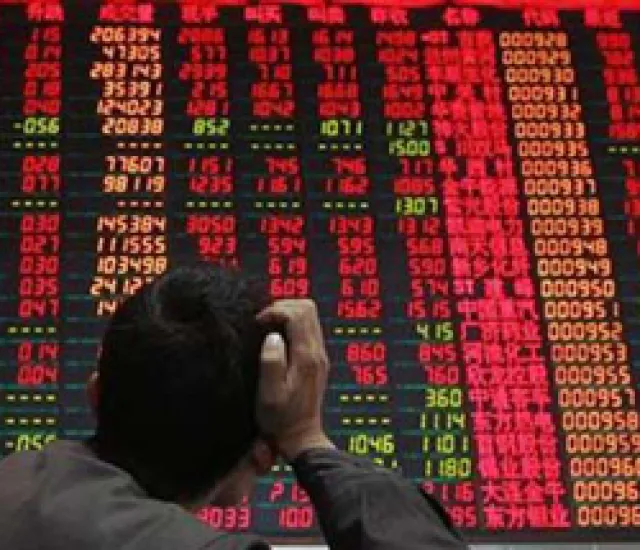The first broad report of how hedge funds fared during the recent market decline is beginning to emerge. And so far it looks like a number of high-profile managers did a pretty good job of protecting their investors.
This is especially true among the largest macro, multi-strategy and systematic traders.
Remember, Standard & Poor’s downgraded U.S. debt on Friday, August 5. The week of August 8 was when the market violently swung 400 points on four occasions, though ending the week down less than 2 percent for the five-day period. For the month ending August 12, however, the S&P was down about 8.8 percent.
According to preliminary data from one hedge fund database, most of the largest, best-known hedge funds either lost less than that widely followed benchmark, while a handful actually made money through August 12.
For example, one of the best performers for the month through August 12 was MAN AHL Diversified, a quantitative fund, which climbed 5.86 percent. Still, it was off a fraction for the year.
More impressive were the two institutional funds run by Jim Simons’ Renaissance Technologies. Renaissance Institutional Futures Fund (RIFF) was up 5.28 percent for the month to date and about 7 percent for the year while Renaissance Institutional Equities Fund (RIEF) was up just 1.50 percent for the month but is now up 19.50 percent for the year. This makes RIEF one of the best performing hedge funds so far this year.
Another quant fund faring well so far this year is London-based Winton Futures, up 6.25 percent through August 17. London-based BH Macro was up 4.85 percent for the month through August 12 and 9.74 percent for the year.
Paul Tudor Jones II’s Tudor BVI climbed 1.81 percent for the month through August 12. As a result, it was only down a fraction for the year, once again proving that Jones is one of the best hedgers and preservers of capital of all time. In fact, he has personally never suffered a down year.
Caxton Global Investments, which is no longer run by Bruce Kovner on a day-to-day basis but rather by Andrew Law, was up 2.40 percent, through August 16. Keep in mind, however, that most markets were up August 15 and August 16. Still it was down 2.43 percent for the year. It is not clear how it fared through August 12. (Unfortunately, Louis Bacon’s Moore Global Investments did not report its results for that week.)
Not surprising, the long-short equity crowd had a tough time. For example, Lee Ainslie’s Maverick fund lost nearly 10 percent through August 12 and was down 8.4 percent for the year while Mark Kingdon’s M. Kingdon Offshore was down 9.34 percent for the first 12 days of August and is off 11.5 percent for the year.
However, Viking Capital’s Andreas Halvorsen, who in recent years has established himself as one of the elite Tiger Cubs, managed to lose just 4 percent for the month through August 12, enabling him to remain in the black for the year, by 1.82 percent.
On the other hand, activist Bill Ackman, who recently said he plans to raise his stake in J.C. Penney to as much as 26.1 percent, was off 6.7 percent for the month through August 15 and about 10.6 percent for the year.







